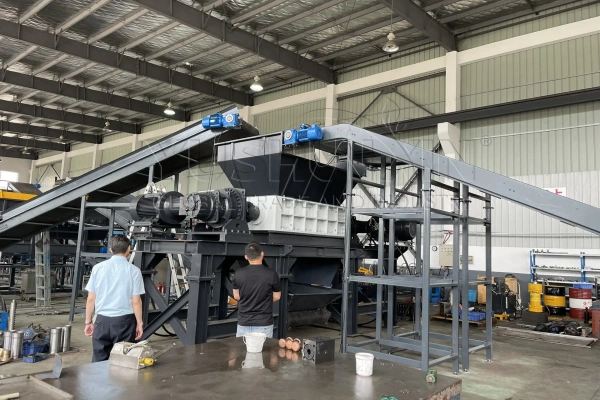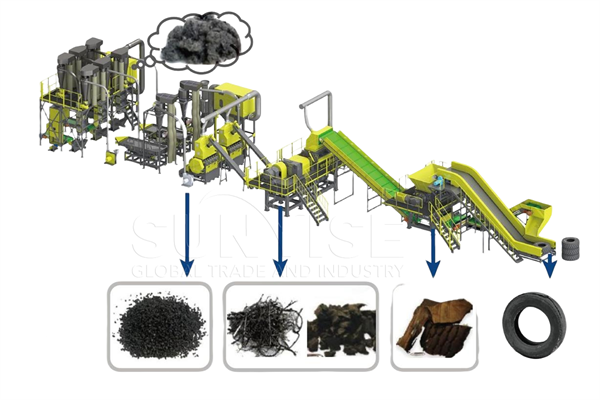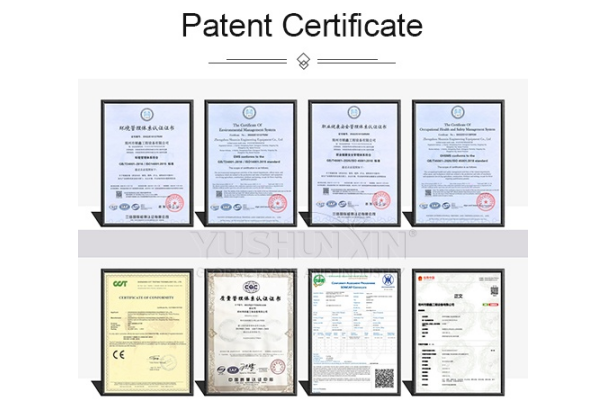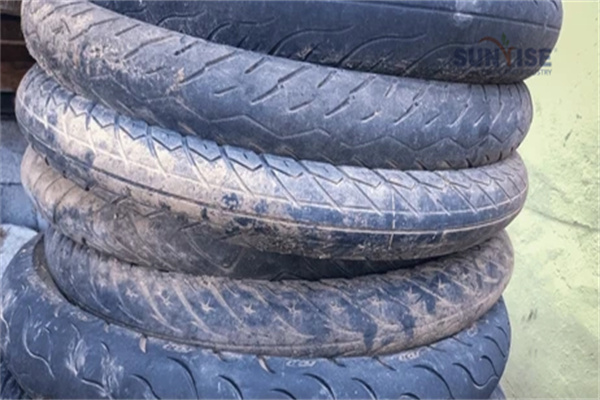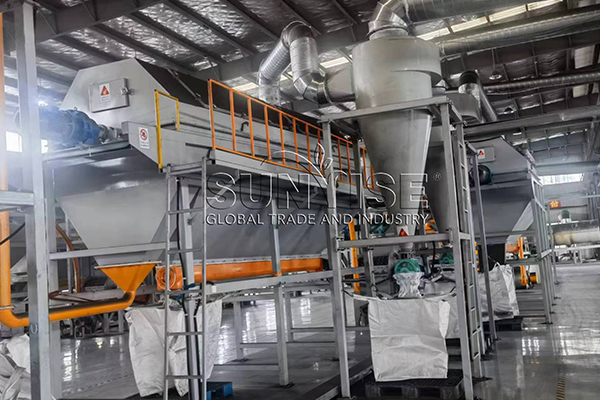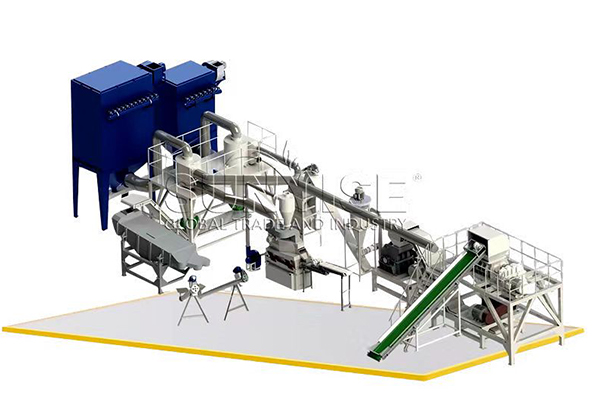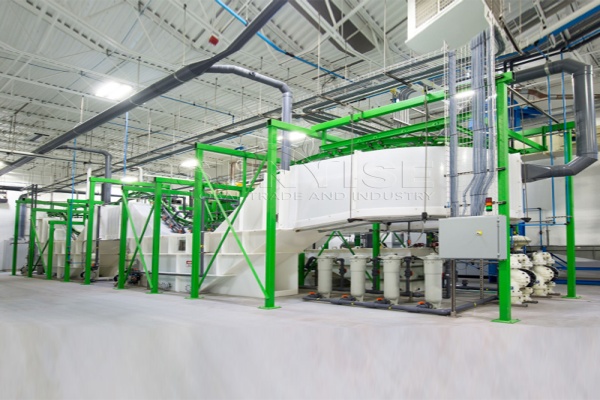Katru gadu, pāri 1.5 miljardi metāllūžņu riepas apgrūtina mūsu planētu kā rūpniecisko “melnais piesārņojums” – ar ASV izmešanu 300 miljons vienību un ES pārstrāde 4 miljons tonnu.
Lai arī, Šī pieaugošā vides krīze slēpj zelta biznesa iespēju: Mūsdienu riepu pārstrādes ražošanas līnijas tagad pārveido gumiju par augstas vērtības precēm, piemēram, gumijas pulveri, tērauda vadi, un pirolīzes eļļa. Tā kā globālais pieprasījums pēc ilgtspējīgas ražošanas pieaug, Inovatīvas rūpnīcas ir progresīvas riepu pārstrādes aprīkojuma piesaistīšana, lai ekoloģiskās problēmas pārvērstu rentablos uzņēmumos.
Šodien mēs izpētīsim, kā darbojas automatizētas riepu pārstrādes līnijas, viņu IA potenciāls, Un kāpēc viņi kļūst par obligātām sistēmām tālredzīgiem atkritumu apsaimniekošanas uzņēmumiem.
Kādas izejvielas ir piemērotas riepu atkritumu pārstrādes līnijām?
Atkritumu riepu pārstrādes līnija var efektīvi apstrādāt dažāda veida atkritumu riepas (gumijas materiāli). Tad pārvēršot tos par vērtīgiem vai atkārtoti lietojamiem produktiem. Zemāk ir dažas piemērotas izejvielas, kuras var apstrādāt, izmantojot riepu atkritumu pārstrādi.
What is the Waste Tyre Shredding Recycling Line?
Mūsu atkritumu riepu pārstrādes līnijā ir visaptverošs specializētu mašīnu klāsts. Šī modulārā iestatīšana nodrošina, ka katrs pārstrādes procesa posms ir efektīvs, videi draudzīgs, un ražo augstas kvalitātes izvades materiālus, kas piemēroti daudziem lietojumiem.
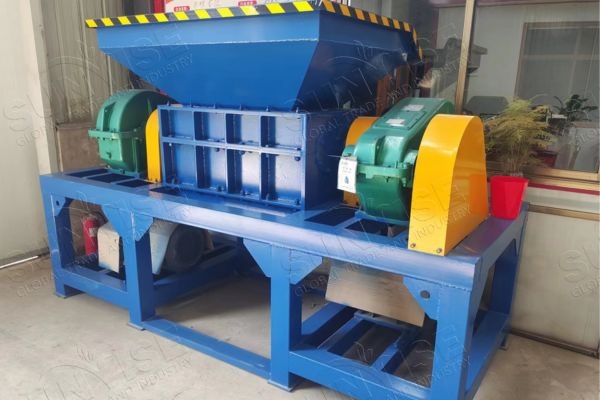


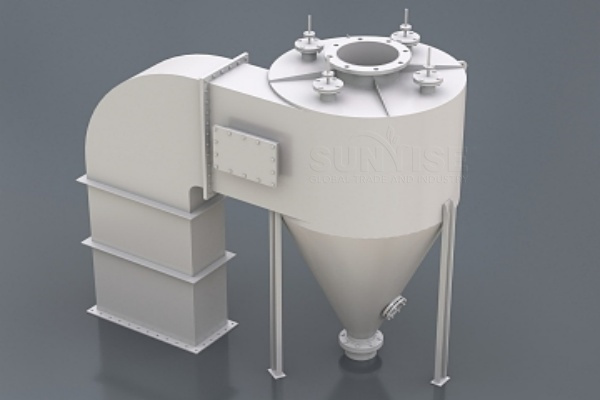
What Is The Process of Waste Tyre Pyrolysis Recycling Line?
The YSX waste tire pyrolysis recycling system represents an innovative industrial solution that leverages pyrolysis technology to transform end-of-life tires into commercially viable resources. This advanced recycling infrastructure not only provides an effective approach to managing waste tire accumulation but also enables the production of valuable by-products with significant economic potential.
Material Input
Waste tires or processed rubber powder are systematically fed into the pyrolysis reactor, serving as the primary feedstock for the conversion process.
Thermal Processing
The reactor is heated using various fuel sources, including tyre pyrolysis fuel oil, liquefied petroleum gas (Sašķidrināta naftas gāze), natural gas, coal, or biomass. This heating phase initiates the pyrolysis reaction, prompting the chemical decomposition of tire materials at elevated temperatures.
By-Product Separation
As the temperature inside the reactor increases, gaseous hydrocarbons are released from the pyrolyzing tires. These vaporous components undergo a condensation process to form pirolīzes eļļa—a valuable output—while non-condensable gases undergo desulfurization and dust removal treatments. These treated gases can either be recycled to supply heat for the reactor or safely discharged into the atmosphere.
Reactor Cooling and Residue Extraction
Once the pyrolysis cycle is completed, the reactor is gradually cooled. Following this cooling phase, the solid residue—primarily composed of oglekļa melns—is removed for further processing or utilization.
Emission Control
A dedicated exhaust gas purification system is employed to treat any remaining gaseous emissions, ensuring that all discharges meet strict environmental regulations and standards for air quality.
This integrated approach combines efficient material conversion with environmental responsibility, establishing the YSX tires pyrolysis recycling line as a sustainable solution for waste tire management and resource recovery.
YSX atkritumu riepu pārstrādes līnijas priekšrocības

Vēlaties uzzināt vairāk par riepu pārstrādi? Mūsu komanda ir šeit, lai palīdzētu! Mēs esam pieejami 24/7 Lai nodrošinātu riepu pārstrādes mašīnas un risinājumus. Sazinieties ar mums jebkurā laikā, lai iegūtu profesionālu atbalstu. Mēs esam tikai ziņojuma attālumā!
Sazinieties ar mums


